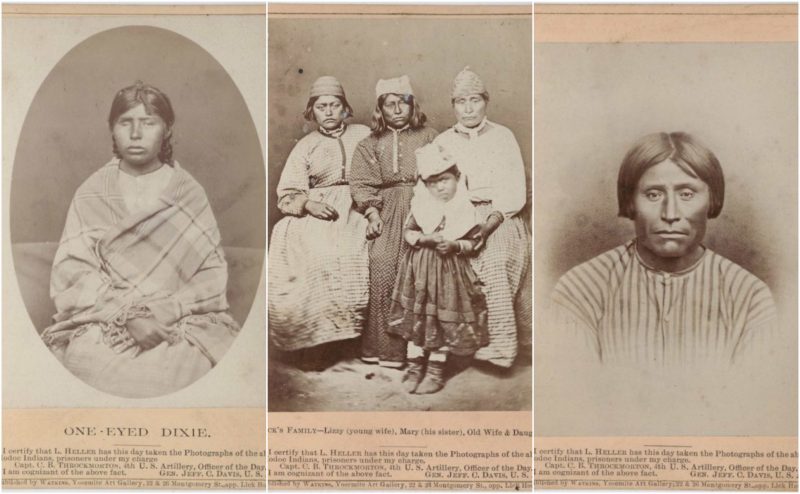The Modoc War was an armed conflict between the Native American Modoc people and the United States Army in northeastern California and southeastern Oregon from 1872 to 1873. The images below of imprisoned Modoc warriors were taken by Louis Herman Heller (1839-1929) during and after the war.
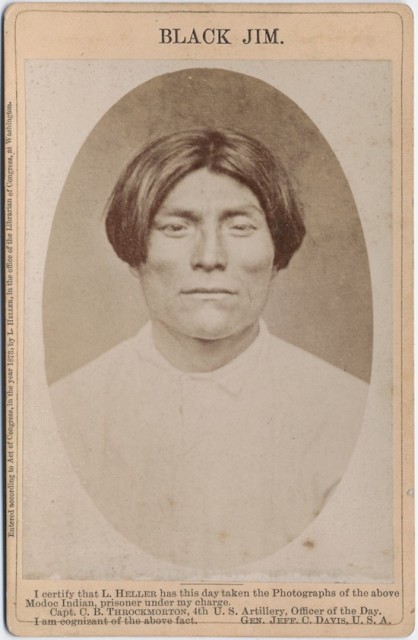
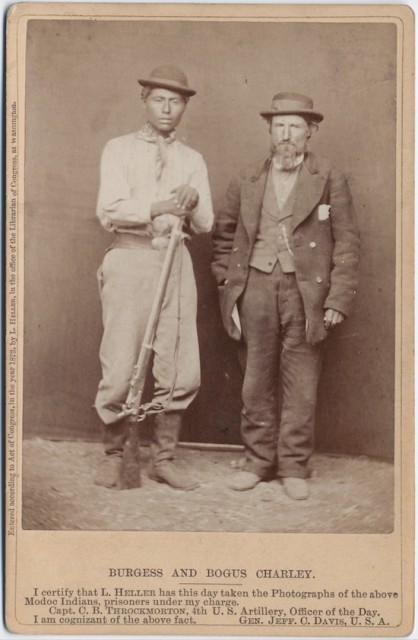
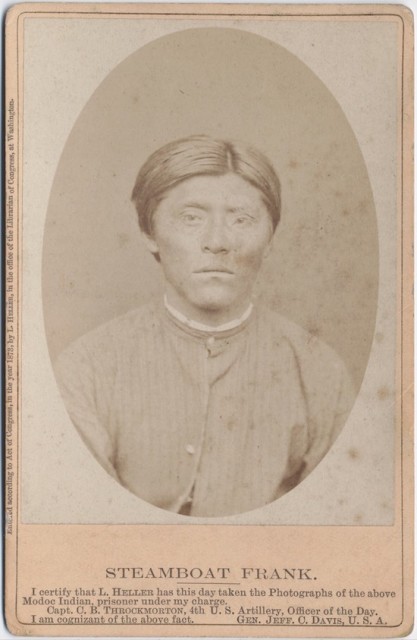
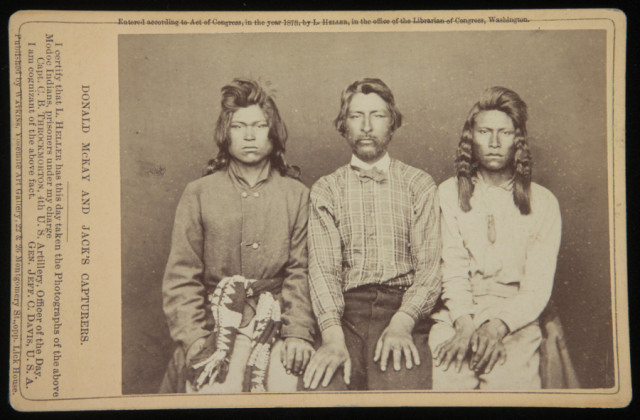
Kintpuash—Captain Jack led 52 warriors in a band of more than 150 Modoc people who left the Klamath Reservation. Occupying defensive positions throughout the lava beds south of Tule Lake (in present-day Lava Beds National Monument), those few warriors resisted for months the more numerous United States Army forces sent against them, which were reinforced with artillery.
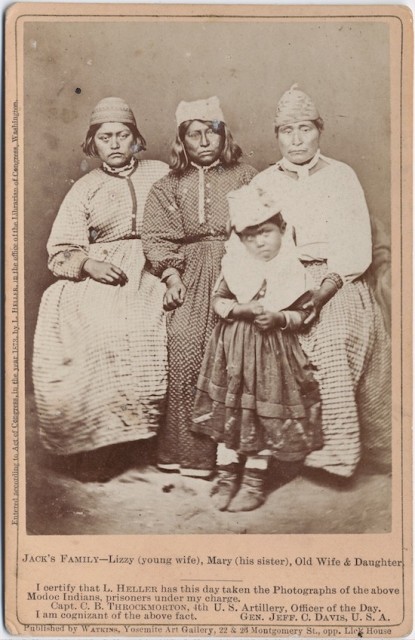
In April 1873 at a peace commission meeting, Captain Jack and others killed General Edward Canby and Rev. Eleazer Thomas, and wounded two others, mistakenly believing this would encourage the Americans to leave. The Modoc fled back to the lava beds. After U.S. forces were reinforced, they finally achieved the surrender of some Modoc warriors surrendered after a few months, and Captain Jack and the last of his band were finally captured. Jack and five warriors were tried for the murders of the two peace commissioners. Jack and three warriors were executed and two others sentenced to life imprisonment.
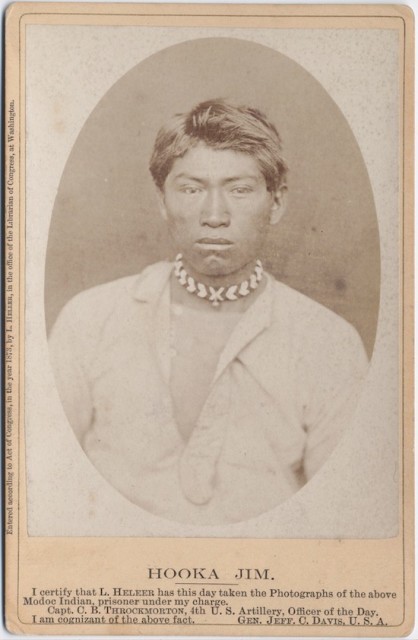
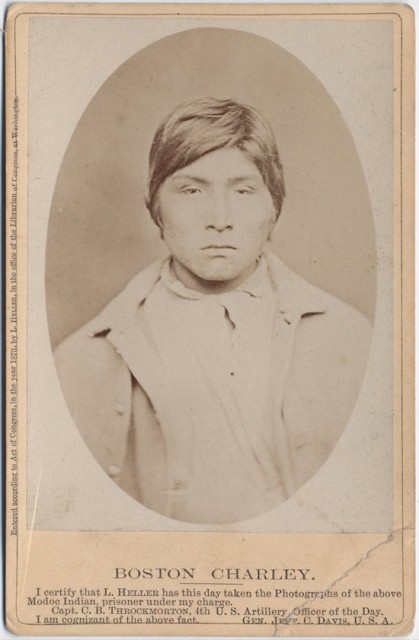
The remaining 153 Modoc’s of the band were sent to Indian Territory (pre-statehood Oklahoma), where they were held as prisoners of war until 1909, settled on reservation land with the Shawnee. Some at that point were allowed to return to the Klamath Reservation in Oregon. Most Modoc (and their descendants) stayed in what became the state of Oklahoma. They achieved separate federal recognition and were granted some land in Oklahoma. There are two federally recognized Modoc tribes: in Oregon and Oklahoma.
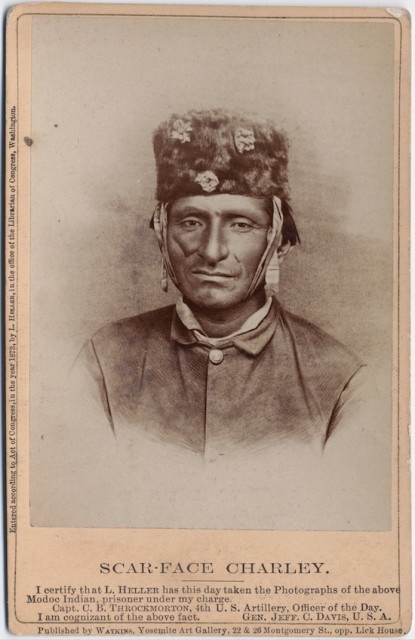
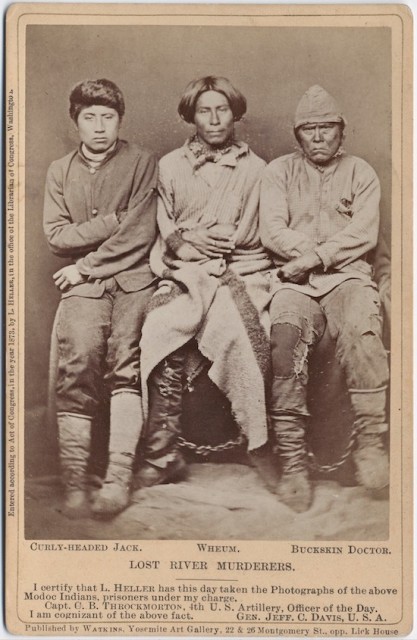
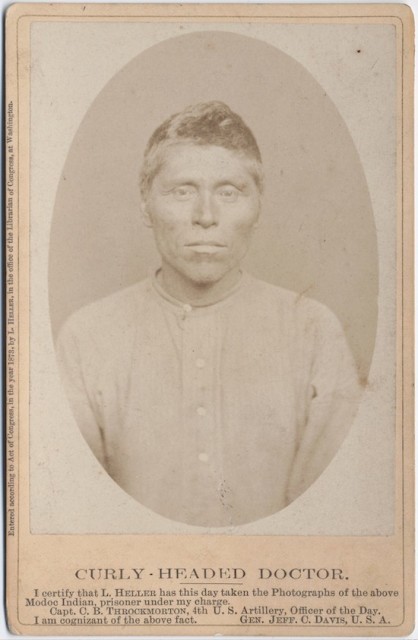
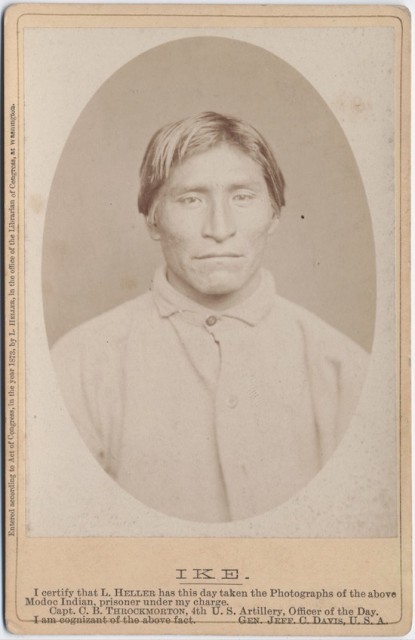
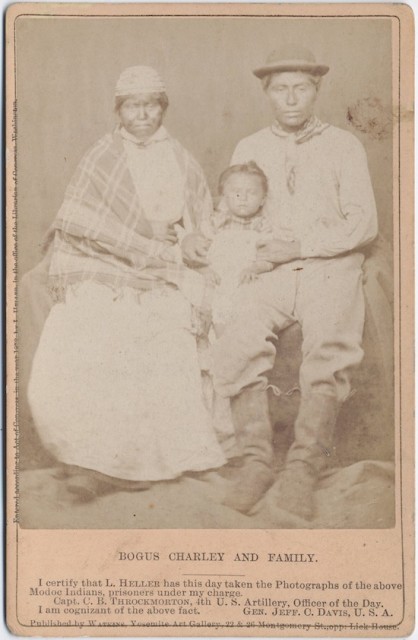
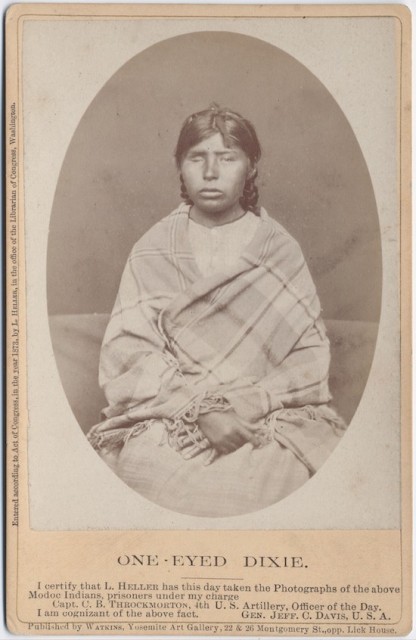
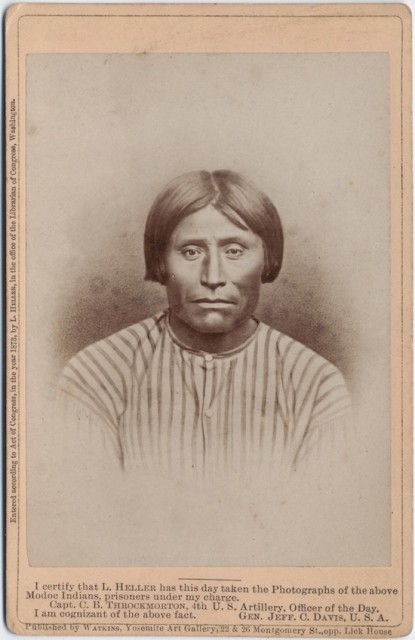
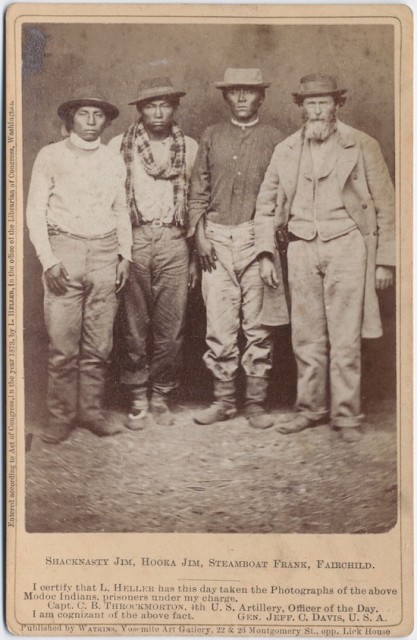
In the First Battle of the Stronghold, January 17, 1873, there were approximately 400 Army troops in the field. The troops included U. S. Army infantry, cavalry, and howitzer units; Oregon and California volunteer companies, and some Klamath Indian Scouts. Lt. Col. Frank Wheaton commanded all troops.
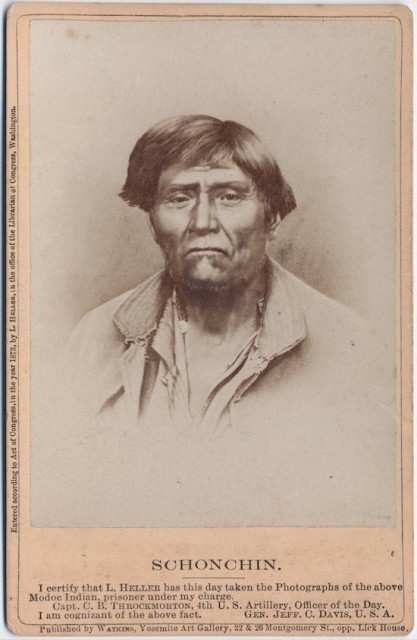
In the Second Battle of the Stronghold, April 17, 1873, approximately 530 troops were engaged. These included U. S. Army infantry, cavalry, artillery and the U.S. Army Wasco Scouts from the Warm Springs Indian Reservation . The volunteer companies had withdrawn from the field. A small number of civilians were used as runners and packers. Col. Alvin C. Gillem was in command.
During the Modoc War, the Modoc had no more than 53 warriors engaged in the fighting. Including the four Modoc executed at Fort Klamath, Captain Jack’s band suffered the loss of seventeen warriors killed.
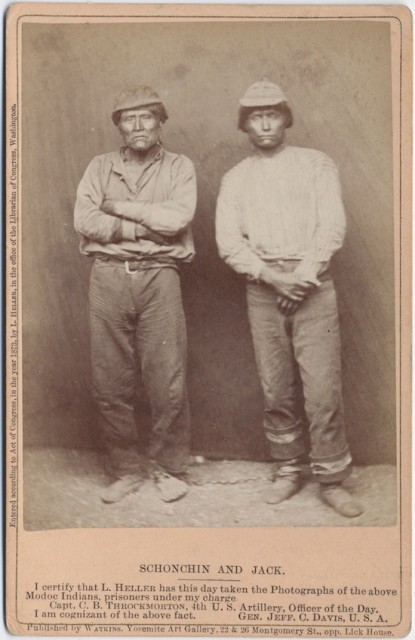
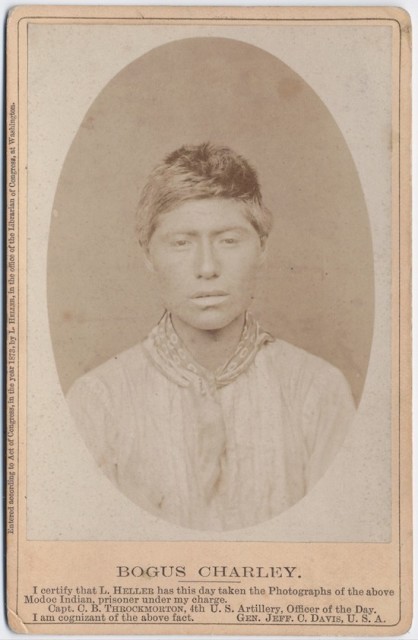
The Modoc War is estimated to have cost the United States over $400,000; a very expensive war in terms of lives and dollars, considering the small number of opposing forces. In contrast, the estimated cost to purchase the land requested by the Modoc for a separate reservation was $20,000. The battlefields of the Modoc War are among the outstanding features of the Lava Beds National Monument. These include Captain Jack’s Stronghold, where numerous cracks, ridges, and knobs were used by the Modoc to defend their positions. In addition, there are numerous Modoc fortified outposts, smoke-stained caves occupied by the Modoc during the months of the war, corrals in for their cattle and horses, and a war-dance ground and council area.
All photos by Beinecke Rare Book and Manuscript Library
